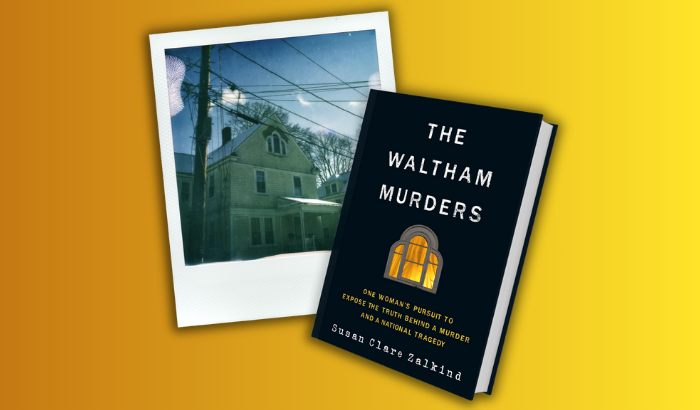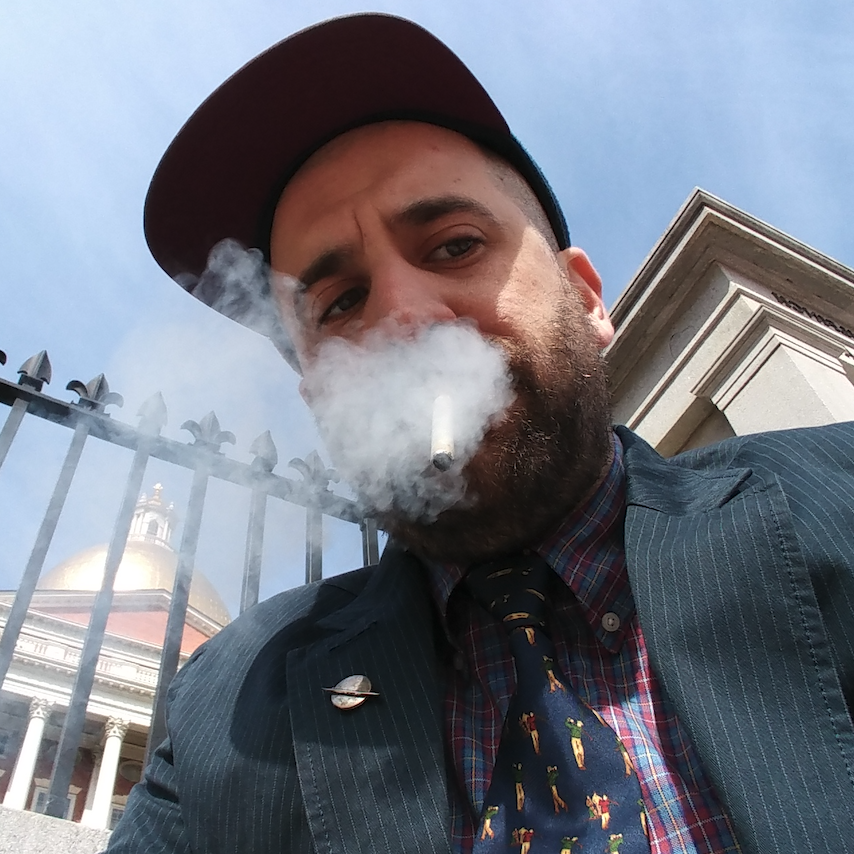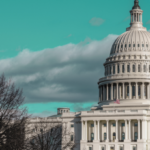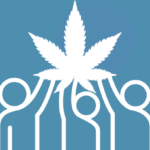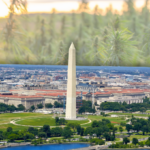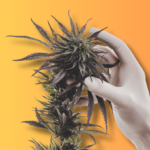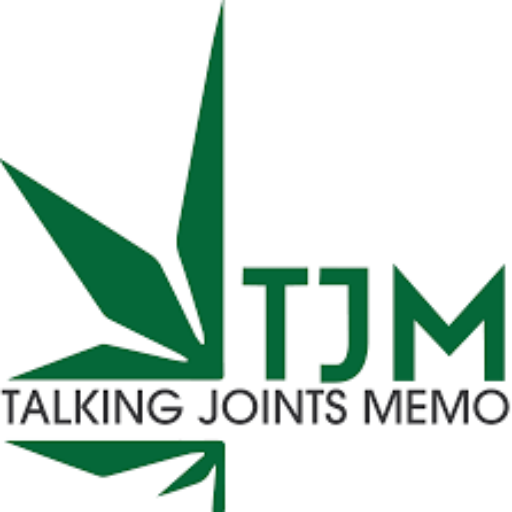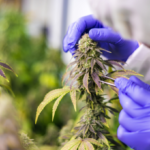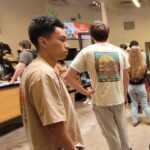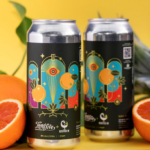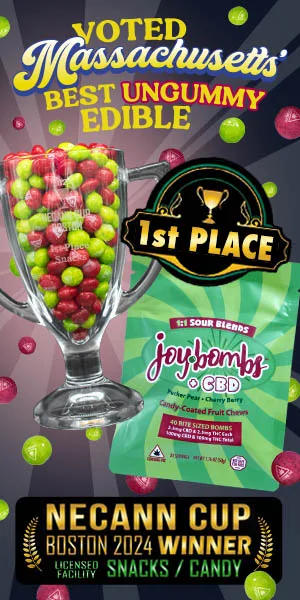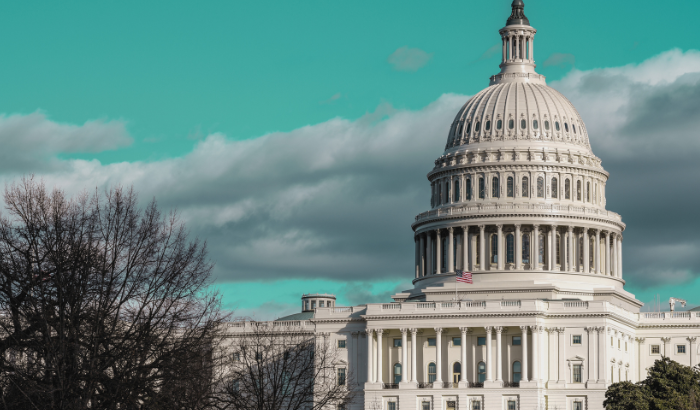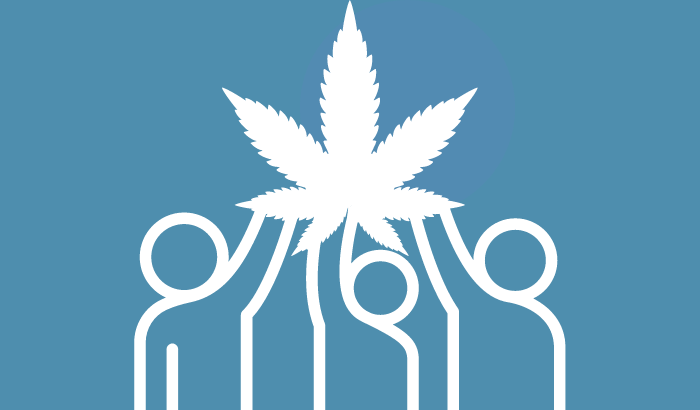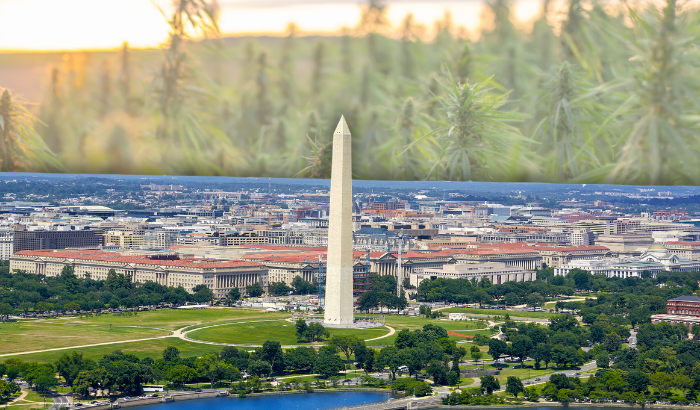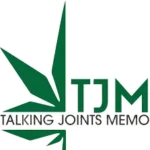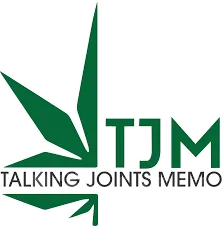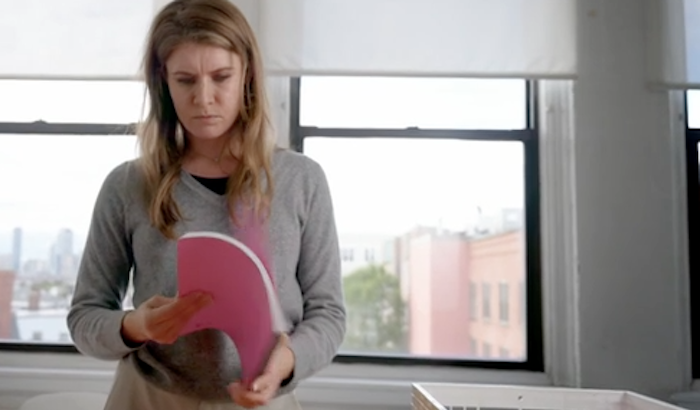
An interview with Susan Clare Zalkind about her new book, The Waltham Murders: One Woman’s Pursuit to Expose the Truth Behind a Murder and a National Tragedy
Read an excerpt from The Waltham Murders here
Though 2011 was just 13 years ago, the industry and culture around marijuana at the time is unrecognizable compared to the present. Cannabis was decriminalized in the commonwealth in 2008, and voters would soon approve medical grass in 2012; but around when Wiz Khalifa dropped his seminal stoner work Rolling Papers, the underground was still the wild west, with robberies and even killings over green gold fairly common, along with countless related arrests and convictions.
Changing laws and attitudes toward the plant haven’t gone unnoticed by Susan Clare Zalkind, who spent more than a decade of her young adult life impugning an unsolved post-aughts triple murder shrouded in pot smoke and stigma. Her buddy Erik Weissman, who was killed in his friend Brendan Mess’s Waltham apartment on Sept. 11, 2011 along with Mess and their pal Rafi Teken, was a dedicated dealer and aficionado—the sort of dank enthusiast who, even then, aspired to eventually have a career in the inevitable legal marketplace. All three of the homicide victims were deep in the weeds; recalling the first time she met Weissman back when she was 19, Zalkind writes that he had brought a duffle bag of glass jars filled with mesmerizing kind buds to their mutual friend’s home in Newton: “It felt more like a wine tasting than a drug deal.”
Zalkind is no tenderfoot. Even as a suburban teen who’d only dabbled in consumption and not sold satchels herself, she knew more than even some of her dealer associates about the underworld, largely on account of her father being a well-known Boston criminal defense attorney. That exposure, however, hardly dampened the shock of learning about Weissman’s brutal murder, the scene of which was rumored and reported to be oddly strewn with cash and copious amounts of crops—like a coke deal gone wrong in a movie, but in reality and with weed. As the author discovered over the following several years, nothing could have prepared her or anybody else for trying to unravel the ensuing mystery tied to a seismic terror event which echoed around the world yet evaded satisfactory reconciliation.
A courageous complement to Zalkind’s 2022 Hulu documentary series, The Murders Before the Marathon, The Waltham Murders parses this immensely complicated story down to its most critical elements (and some relevant tangents), making for a robust journalistic account of a labyrinthine set of events. Subtitled One Woman’s Pursuit to Expose the Truth Behind a Murder and a National Tragedy, the book connects the dots where law enforcement—all the way up to the roof of the federal food chain—failed.
At this point, as Zalkind put it in our interview, there are no spoilers. Unless some other agency or individual can make a stronger case than she presents in her book-length account and miniseries—and they certainly haven’t so far—it’s clear that Mess, Weissman, and Teken were killed by Tamerlan Tsarnaev and Ibragim Todashev. Less than two years later, of course, the former and his brother Dzhokhar detonated two bombs on Boylston Street near the Boston Marathon finish line, leaving carnage as well as innumerable questions in the long wake of their devastating actions. The fate of Todashev, who was shot and killed by an FBI agent in 2013, added to the intrigue, making for another strand in an enormous web of hard-to-find characters and harder-to-find answers.
I asked the author about her commitment to the subject and the journey she took to address so many open questions, including the attention she paid to the marijuana movement Weissman and his friends were married to at the time of their murders.
What separates this book from all of your work on this subject that preceded it?
I consider the docuseries and the book to be my body of work. Boston Magazine is my home, and you should definitely read those [initial articles about the Waltham murders] as well, but if you’re just trying to take in my work, I would say the docuseries and the book were what I was working toward. I also did a piece with This American Life that was an important addendum, and then of course there’s my whole body of work and all of the articles that I published everywhere.
What were the parts of the story that you and your editor decided really had to be part of the foundation of this book if people were going to be able to follow the whole saga?
[The publisher] Little A really gave me tremendous resources to go off and do this work, and then they offered fact-checking, which was really great. Even after getting the book deal, though, which I worked toward for a really long time, I was alone. There was so much more to the story than I knew I needed to get, and that’s why I ended up teaming up with [Hulu for] the docuseries.
My initial murder collage [that’s seen in the documentary] was actually something that I made myself, and it wasn’t disorganized—it was sort of cards and a timeline that I would put in a big artist portfolio and carry around to meetings under my arm. Part of it was to get people to talk to me and to talk about the story.
I’d been trying to get [iconic Cambridge-based filmmaker] Errol Morris to talk to me about this case for years; I would run into him in Cambridge cafes, and our families overlap. Finally, when I told him that I didn’t want to make the docuseries, and that I had a deal but I wasn’t sure if I wanted to take it because I wasn’t sure if it would move the case forward and might derail my investigation—and I wanted to make sure that my journalistic integrity was intact throughout—that’s when he said, Come on in. I went to those meetings with a murder collage talked under my arm, and Errol looked at it, [This American Life producer] Brian Reed looked at it, and it was how I onboarded Matt Cook, who is the screenwriter of Patriots Day, to start helping me look at the parts of the case that needed investigating.
There’s what you want to know, what you wish you could know, and, when you’re working a story, there’s what’s available—where can you make a dent? Where can you make progress in your reporting?
How hard was it to stay disciplined in hunting down leads? Or were you doing it scattered and looking for 15 people at once?
I didn’t get money to fly out [to visit sources] until the very end, and that was part of the docuseries. I didn’t want to do the talking-head thing, I wanted it to have momentum—I thought it was better television, and, big-picture, that it fit better into what I wanted to do—pushing the case forward and capturing my investigation as I was uncovering leads. I wanted to use the series as a resource to get new information, and I did.
The parts of the book where you’re spending time with your friend Erik, and one where you are driving around together in particular, are really vivid. How much of that detail, even down to strain names and the little things like the fact that not just flower but dabs [cannabis concentrates] were stolen—how much of those weed specifics did you already know, and how much did you have to come back to and learn about all these years later?
Dabs are really important—Erik was an early user of dabs. The guys that I grew up with were really studious about cannabis. They were real students of the art, and that’s why my childhood friends connected to Erik. I talk about Dan Adler-Golden, who is over at Node Labs now, he’s a friend of mine from preschool. I would run into him at a local coffee shop when I was getting my book deal going and he was getting his business up and running. I just wanted to honor and respect all the contributions that these men gave to the cannabis industry, which is now a multi-billion dollar industry and humongous tax revenue stream. So it was important to me to try to get those details right.
I was not a regular stoner, and I was not smoking during most of this investigation. But when we shot the docuseries, I was not part of shooting the recreation scenes, and I was worried that what they had shot was kind of akin to a D.A.R.E. commercial. So the next time they shot me in my office, I purchased a large amount of marijuana; it wasn’t as beautiful as the nugs that Erik had, but it was important for me to show some real cannabis and to capture the beauty in the art and the medicinal qualities as well.
Afterwards, I smoked a little bit, and I was like, Wow, this is really great for stress. I can see the medicinal use of it, though my drug of choice is still swimming in the ocean. But weed has medicinal properties, and these men were real students of cannabis. Rafi collected dozens of strains and categorized them.
Throughout the actual police investigation and some of the press conferences, there’s a lot of talk or at least the sentiment that these guys who were killed were just drug dealers. Authorities kept referring to other people in Waltham as the “good” people of the city, as if the victims were bad people. Was that something that you gradually picked up on in looking at the story? Or was that an obvious red flag from the beginning indicating that this wasn’t being given the attention it deserved?
It was very complicated for me at the time, as a young reporter in the wake of Erik’s death. He was a drug dealer, and I was young in my career and trying to establish myself—being friends with a marijuana dealer didn’t do much for my credibility in the professional sphere. But after the bombing, that treatment of the victims, and the continued disrespect was part of my motivation to report this story, because cannabis was still criminalized at the time and the victims weren’t being respected because of their work in the cannabis industry.
Were you surprised by the kind of brutality and adjacent criminal activity going on around the underground cannabis industry at the time?
No, it wasn’t surprising to me at all. I think that’s something I should have spelled out even more clearly in the book—that is part of the world of criminal activity. When something is criminalized, you create a criminal ecosystem where people can take advantage of you. That’s a danger of this industry. You have this element where there’s the criminal underbelly of the criminal underbelly, people who rob drug dealers and prostitutes. They’re far less scrupulous than someone like Erik, who was a career criminal, but he was also a good person.
In the book, there’s an anecdote about Gus Bailey. [Ed. note: A former Watertown Town Councilor, Bailey was arrested in 2011 for trafficking weed, served federal time, and now owns Bailey’s Buds, one of the most respected licensed craft cultivations in Mass.] There’s a scene where police bust down his door and he’s relieved that they are cops and not robbers.
Even if something should be legal, it’s a dangerous world—by criminalizing it, you make it less safe.
What changed from when you were out there looking for a book deal to when you actually put the book out?
I sold this book as a neo-noir Nancy Drew, because I didn’t know the answers. Publishers wanted to know how the story ended, and I wanted resources to figure that out. So I figured that making it a story about my investigation had a narrative arc that would work no matter which way the facts led me; while it’s not traditional journalism to use the first-person voice, I actually found it to be a very effective tool.
This is a thorough account of what happened, and I’m hoping other journalists pick up on those leads and keep the conversation moving forward. For some, it is a complicated story, and I’m really glad that readers who wouldn’t typically gravitate to a book like this are picking it up and reading it as they would a fictional thriller.
As for your conclusions, I don’t want to give my readers a spoiler …
There is no spoiler. I established [that Tamerlan Tsarnaev and Todashev] did it in the docuseries. After the appeal [by Dzhokhar Tsarnaev of his death sentence in federal court], more information was released in 2019. I was sort of weighing the two sides and also creating a counternarrative of [Tamerlan Tsarnaev and Todashev’s] innocence [in the Waltham killings]. … There was no alternate theory that made sense. … There’s no logical counter argument. … There’s more information in the book [than was initially reported in the docuseries and in prior accounts by Zalkind] linking [Tamerlan Tsarnaev and Todashev] to the Waltham murders. This is not an allegation I take lightly, but there really is no argument that one could make in their defense regarding these murders.
There are questions about why this case remains open today. And there are questions about why investigators weren’t talking to the people that I was talking to, and why they weren’t pursuing those leads. Right now, the case is still officially open—the Middlesex DA says that they’re looking into additional potential suspects.
There are parts of the book that seem almost anticlimactic because it appears that a lot of the bullshit wasn’t due to some enormous coverup but rather part of an elaborate legal defense to put [Dzhokhar Tsarnaev] away for life. As someone who has covered a lot of trials and knows the legal system well, how surprising was it to you that a lot of what was going on was because of legal strategy?
A conspiratorial narrative is a narrative in favor of an ordered universe—the world is not as chaotic as it seems, there actually is a world order, and there are people at the very top calling all the shots. That’s enticing, it’s like a Scooby-Doo narrative where you can just pull off someone’s mask and say you found the bad guy.
What I found throughout all of my reporting on law enforcement and officials—federal, state, local, and politicians as well—is a narrative of systemic rot rather than order. It’s people on every level acting in their own self-interest and taking actions that support their own narratives and their own agendas rather than doing the right thing and investigating their colleagues, speaking up, or taking important questions seriously. This is a story about systemic rot rather than a powerful group of people at the very top calling all the shots. It’s a story about not one coverup, but potentially a series of coverups, and it’s unclear if there’s any coordination. It’s everybody trying to pass the buck and protect their own.
A lot of the book has cops from towns and cities around Greater Boston chasing pot dealers. What did you learn about these departments?
With the [Suburban Middlesex County Drug Task Force, an elusive interdepartment unit] … it’s very murky who’s even in charge or who to talk to. … If there is no system of oversight or accountability, people in power are going to take advantage of that power. They’re going to do what they can get away with. If you’re talking about the Watertown Police Department, there’s a lot of legacies and people whose relatives are in the department. I think that’s the culture—not just in Boston, but in the surrounding communities. They’re these little isolated enclaves of culture; that’s part of what makes these areas so interesting, and it’s also what makes it so toxic and can lead to corruption.
There’s an allegation in the story about police beating and robbing a drug dealer. Is it shocking to me that police officers could beat or rob a drug dealer? Absolutely not. People aren’t so familiar with this part of the criminal underworld, with police officers getting away with something like that. But they’re not paid especially well, they also have rising housing costs, and if they’re doing a bust, and there’s money and there’s drugs in the evidence locker, of course people are going to take advantage of that. And if there’s no oversight, it’s going to go on for decades.
You can purchase The Waltham Murders here and follow the author at zalkind.info.



